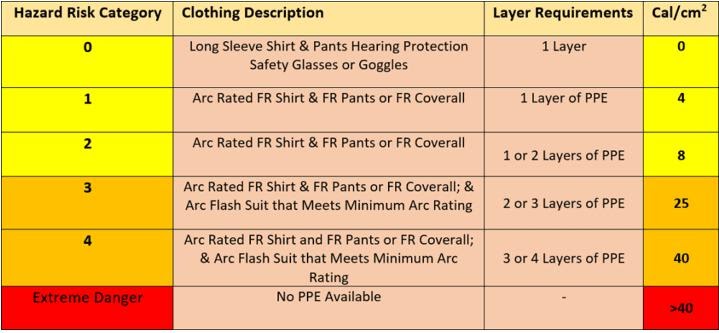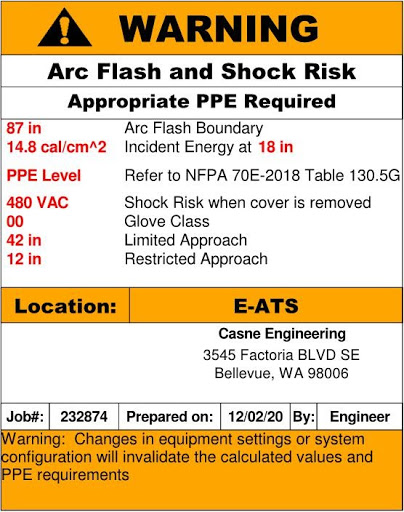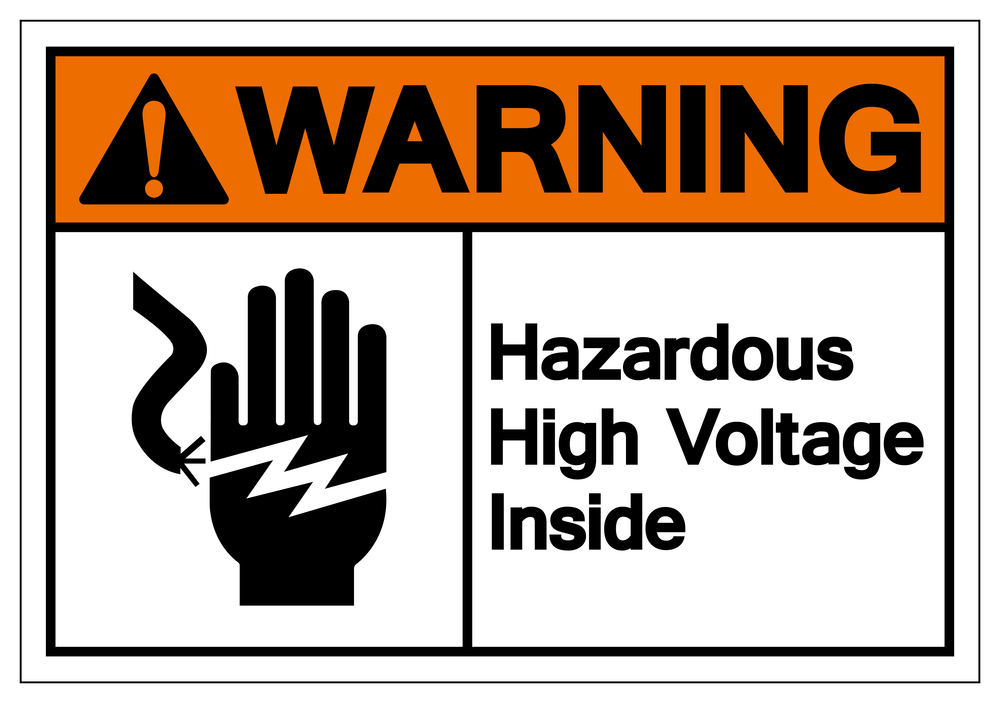“If you think compliance is expensive, try non-compliance.” -Paul McNulty, Former US Deputy Attorney General
Critical business operations are under strict compliance expectations, and while these compliance standards will vary depending on the industry, safety is always essential. One of the requirements that nearly all businesses must adhere to is an Arc Flash Analysis. This analysis, or study, gives businesses information to identify the required personal protection equipment (PPE) an employee should wear around specific equipment and the risks associated with a piece of equipment experiencing an arc flash explosion. An arc flash explosion occurs when there is a short circuit in the air gap between two energized conductors or an energized conductor and ground. The characteristics of the explosion depends on several factors including the electrical system configuration, the available energy at the point of the fault and the type of overcurrent protective device upstream.
To be compliant with NFPA 70, Article 130.5, and with OSHA standards, an Arc Flash Analysis must be conducted every five years or after any significant project that changes your facility's electrical system characteristics. Once the analysis is complete, each piece of equipment must be labeled with its basic electrical information, its hazardous risk level, and the required PPE employees must wear.

Protective Clothing Characteristics
While many businesses may have heard of or know what an Arc Flash Analysis is, not all are aware they are required to complete one. If you fall into the latter category, then today is your lucky day.
What is an Arc Flash Analysis?
An Arc Flash Analysis is a series of calculations to determine the Arc Flash Energy Level, or level of energy potentially available if an electrical fault were to occur. The analysis is performed by collecting data from the project site and entering it into a software application to build a graphical representation, referred to as a "model," of the electrical system.
The calculated Arc Flash Energy Level determines the proper PPE and precautions team members must take when interacting with or around an energized panel in a facility. Its purpose is to assist your organization in taking all precautions necessary to keep your employees safe. Once the analysis is complete, each piece of equipment is labeled with the arc flash level and the PPE required.

Any time electrical work is completed in your facility or the source entering your facility, the electrical characteristics of the system may change. Facilities must undergo an Arc Flash Analysis to update any equipment whose hazardous risk level changes.
Who Conducts an Arc Flash Analysis?

Many organizations do not have the technical expertise to complete an Arc Flash Analysis on their own. As a result, business owners and operators may not know how to proceed and need help. Two of the popular options for completing the analysis are consulting engineers and equipment manufacturers/vendors. While both options should provide the necessary calculations and results, the methodology and service level can vary significantly.
Deciding whom you partner with to conduct your Arc Flash Analysis should not be a quick decision. This is a partner you plan to work with year after year. In our next blog, we will discuss the top three questions people should ask when deciding whom to conduct their Arc Flash Analysis.
With over 40 years of success in professional engineering and technology integration services for critical industrial facilities, we develop and support engineered solutions using the best of breed products and technologies to complete Arc Flash Analysis across multiple industries. Contact us to schedule a time to talk with our team, today!


Comments